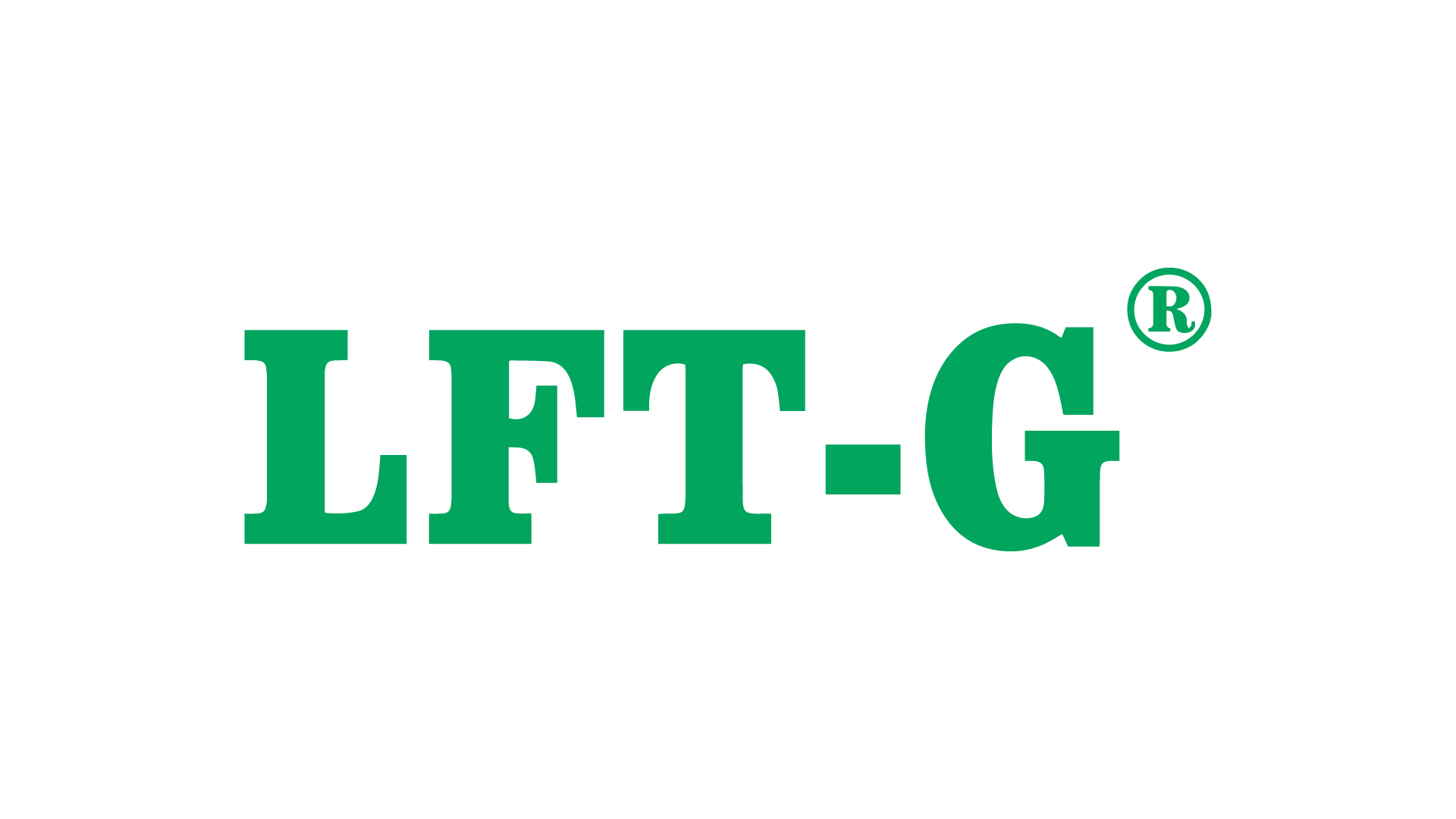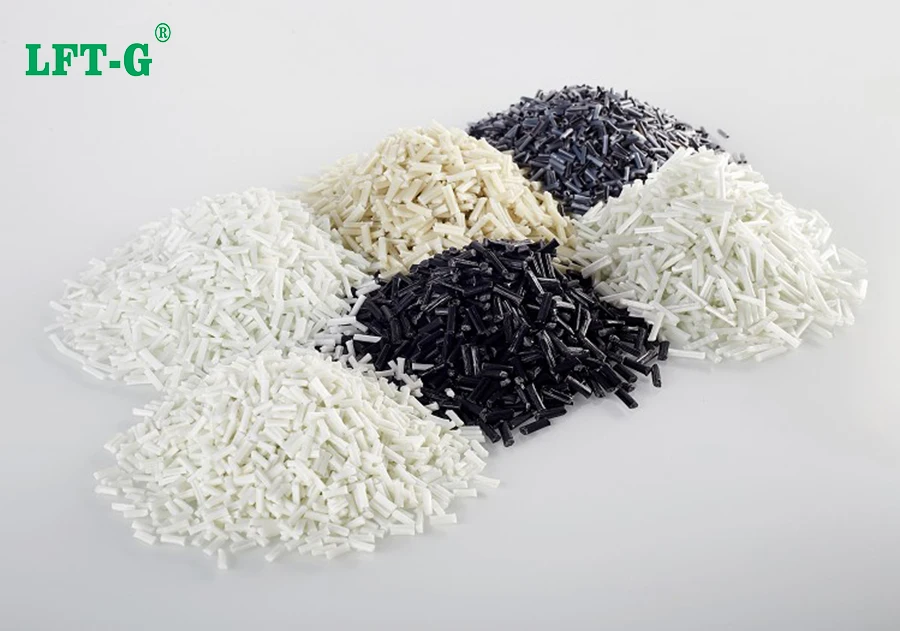новый блог

При 3D-печати как длинное углеродное волокно, так и короткое углеродное волокно используются в качестве армирующих материалов для повышения прочности и долговечности напечатанных деталей. Вот обзор их различий:
1. Длинное углеродное волокно
Длинные углеродные волокна представляют собой непрерывные пряди, которые включены в печатный материал. Этот тип волокна обеспечивает превосходную прочность, жесткость и структурную целостность напечатанных деталей. Непрерывные волокна создают прочную матрицу внутри материала, в результате чего получаются детали с более высокой прочностью на разрыв и несущей способностью. Армирование длинными волокнами позволяет повысить механическую прочность изделий в несколько раз, даже на порядок, особенно с точки зрения прочности на разрыв и ударопрочности. Когда непрерывные волокна, такие как углеродное волокно, достигают определенного процентного содержания, их прочность может превзойти прочность алюминиевых сплавов. Длинное углеродное волокно обычно используется в приложениях, требующих максимальной прочности и долговечности, таких как аэрокосмическая, автомобильная и промышленная промышленность. компоненты.
2. Короткое углеродное волокно
Короткие углеродные волокна представляют собой небольшие измельченные волокна, смешанные с нитью для 3D-печати. Хотя они повышают прочность и жесткость материала, это улучшение менее существенно по сравнению с длинным углеродным волокном. Короткие углеродные волокна легче обрабатывать на стандартных 3D-принтерах, что делает их более доступными и экономичными. Они обычно используются для изготовления умеренно прочных и легких деталей.
